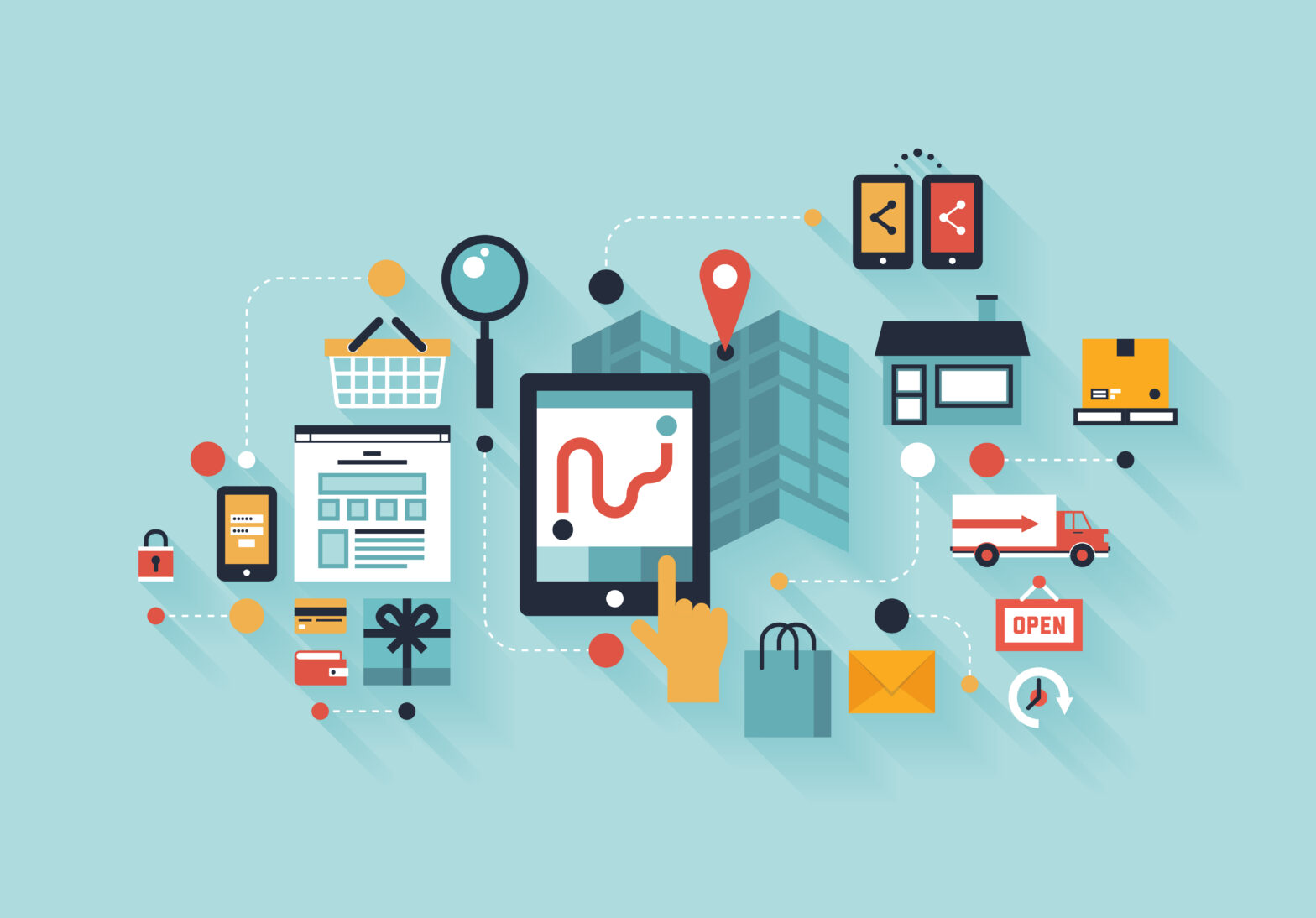Product development and the customer experience both rely on accurate, timely information. This isn’t new, but some of the ways to get that data are. Older methods, such as focus groups or customer surveys, are time-consuming and quickly out-of-date.
Sensors, processors and transmitters have become so small and versatile that almost anything can become a connected device. We can now ask the device for information directly.
You could collect stacks of this information, but if it’s not accessible and usable, it isn’t valuable. The key to the Internet of Things is context. The correlations both across the device data and with other datasets will become far more insightful and valuable than the data from a single device could ever be.
> See also: 5 predictions for the Internet of Things
Mapping is a primary ‘correlator’. You can add location to another piece of information to immediately have context. This alone can be highly valuable. If someone logs into your iTunes or Amazon account from China, but you live in Manchester, the company that spots the contextual change and alerts you is providing a critical service.
Location data also helps to spot trends across different geographies which can feed in to product development. For example, Shazam relies on insights from the data generated by its app to help validate focus group findings and highlight areas for improvement within the app.
Buying patterns can also help companies ensure availability. Coca Cola’s ‘build your own coke’ and smart vending machines produce data that is subsequently contextualised.
So, by analysing the 1.9 billion servings of Coke a day (!) it has learned that more drinks are bought on university campuses just before The Walking Dead is on TV, for instance. Coca Cola can use this insight to better meet demand.
Not just when, but how?
The way in which products are used by customers should influence product development and maintenance schedules. If you know when a specific product is likely to suffer wear and tear from the unique usage patterns of the owner, you can proactively send replacement parts, or call it in for servicing.
Context only enriches this data further: does a warmer climate accelerate that timescale? Don’t just guess, use the data to prove it!
As a customer, imagine if a company could pre-empt your lawnmower breaking down, based on your use of it. This is something that Bosch already does. Its new generation of power tools is intelligent. They can tell you where they are, what they're doing and how they're working. Indego is Bosch’s app-controllable robot lawnmower.
The data from the app gives Bosch insight into usage patterns across all customers and individually, to identify at-risk units that need spare parts. 50% of the data Bosch collects from its intelligent tools directly benefits customers.
> See also: How the IoT will create the smarter, greener workplace of the future
There are, of course, data regulations that companies must abide by, but once they ensure compliance, the benefits are huge. Pretty soon, any product that costs more than $100 and has an electrical supply will become a connected device.
This will create a complete feedback loop, from marketing to sales, throughout customer usage and maintenance into marketing for up-selling. Positioned correctly for the customer, this level of personalised service could create lifetime loyalty.
Data from the IoT flips the traditional consumer-supplier relationship on its head, in a good way. By asking the products instead of the customer, companies get quicker, more accurate information, so they can improve the service they offer without requiring any time from the consumer. Sounds like a pretty good deal!
Sourced from Matt Davies, Senior Director, Splunk










